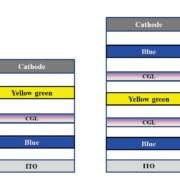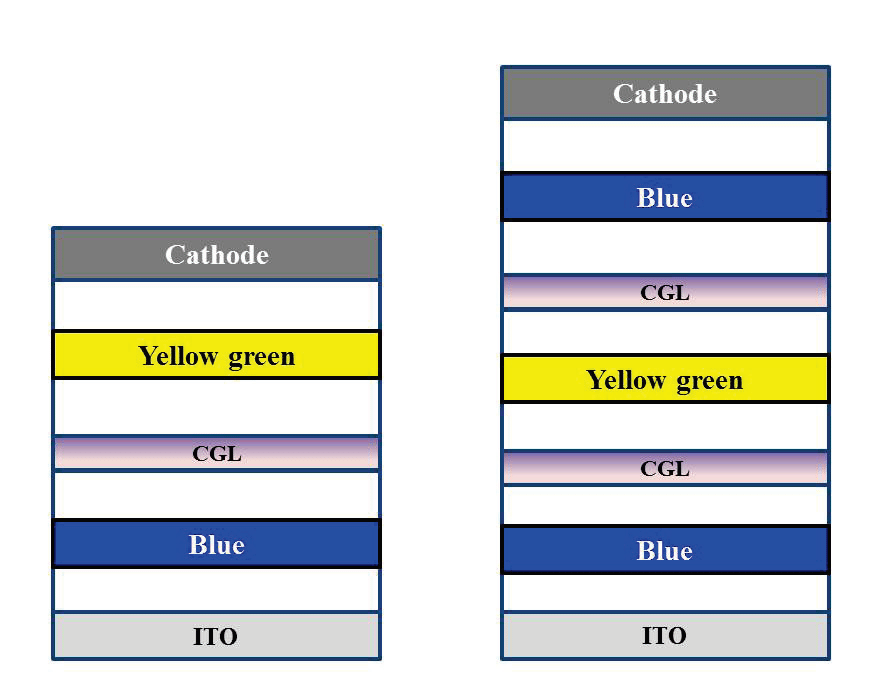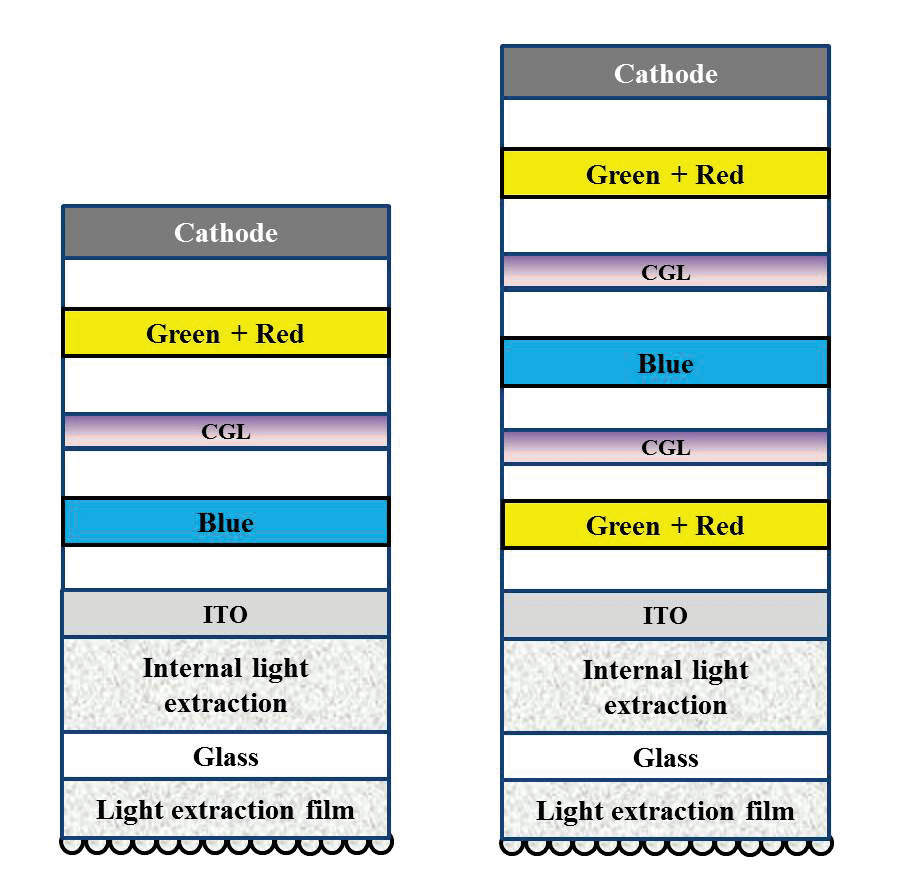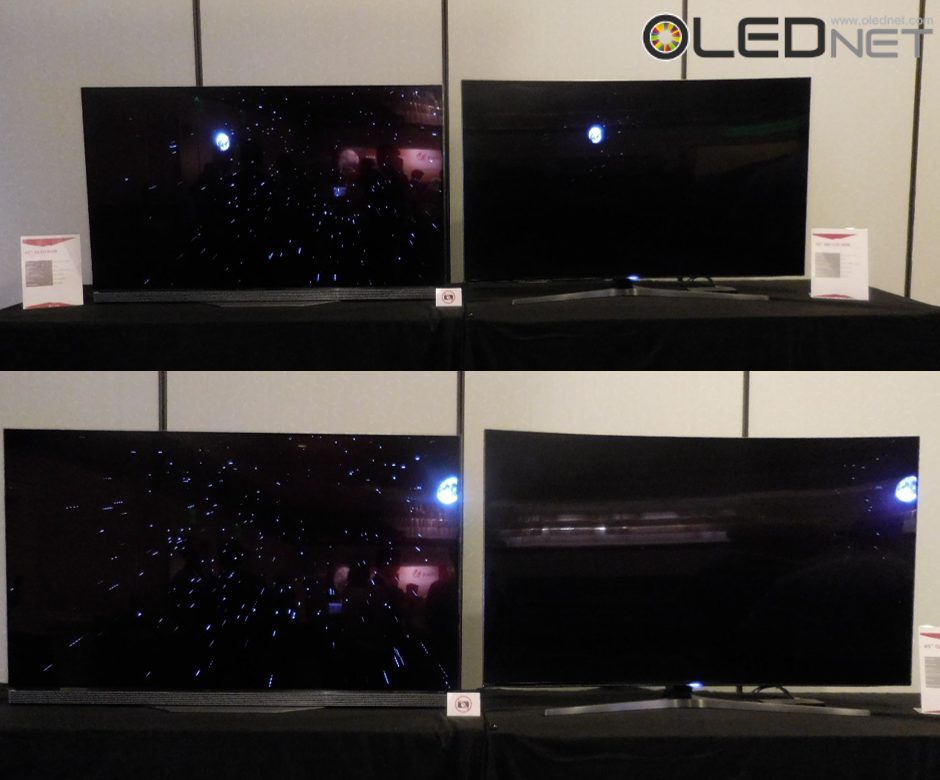AUO introduced bi-directional foldable AMOLED display which both internal and external displays can be bent 180 degrees.
Taiwanese company, AU Optronics(AUO) introduced bi-directional foldable AMOLED display at IDW(International Display Workshoops) 2016 opened in Japan Fukuoka from last December 7th through 9th, which both internal and external displays can be bent 180 degrees.
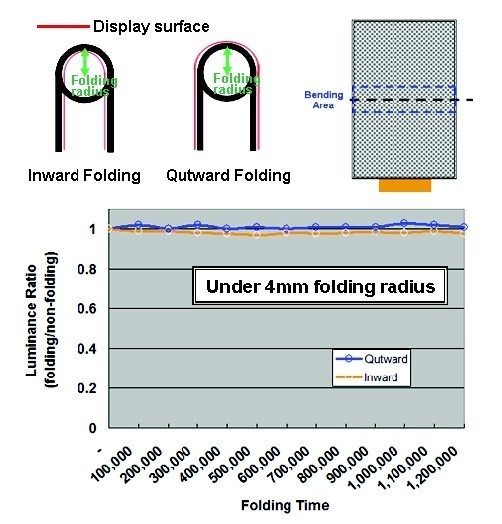
<Changes in luminance ratio according to the folding time in inward and outward folding condition, IDW 2016>
The existing flexible AMOLED display is formed in the order of plastic board / OLED device / circular polarizer / touch film, and this structure had limits in flexibly bend both internally and externally because the upper and lower properties of main material become asymmetric. Regarding this, AUO located approximately 10um thickness of color filter array in the middle which replaces the circular polarizer, and located TFT and TFE layer in neutral axis, and by forming a structure to endure the tensile strength and compressive strength, they made it possible to endure folding cycle of more than 1.2 million in 4mm radius of curvature. The entire thickness is approximately 100um, and color filter array excluded the polarizer and used as a purpose of suppressing the reflection light.
Also, AUO introduced 5” foldable AMOLED panel function which applied the color filter array. When color filter array is applied, the power consumption decreased about 50% from 1603mW to 824mW compared to circular polarizer, and showed that the operating life was improved 3 times in 300 nits of same brightness.
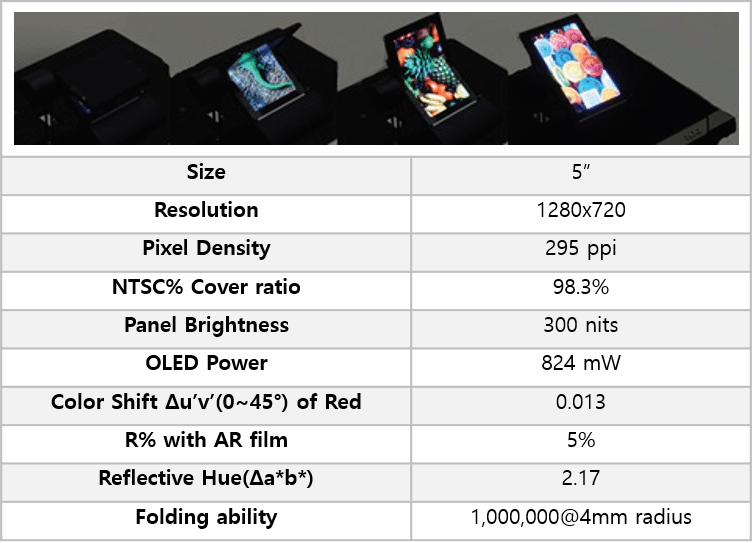
<AUO’s 5” foldable AMOLED display function, IDW 2016>
BY HYUNJUN JANG, HANA OH


